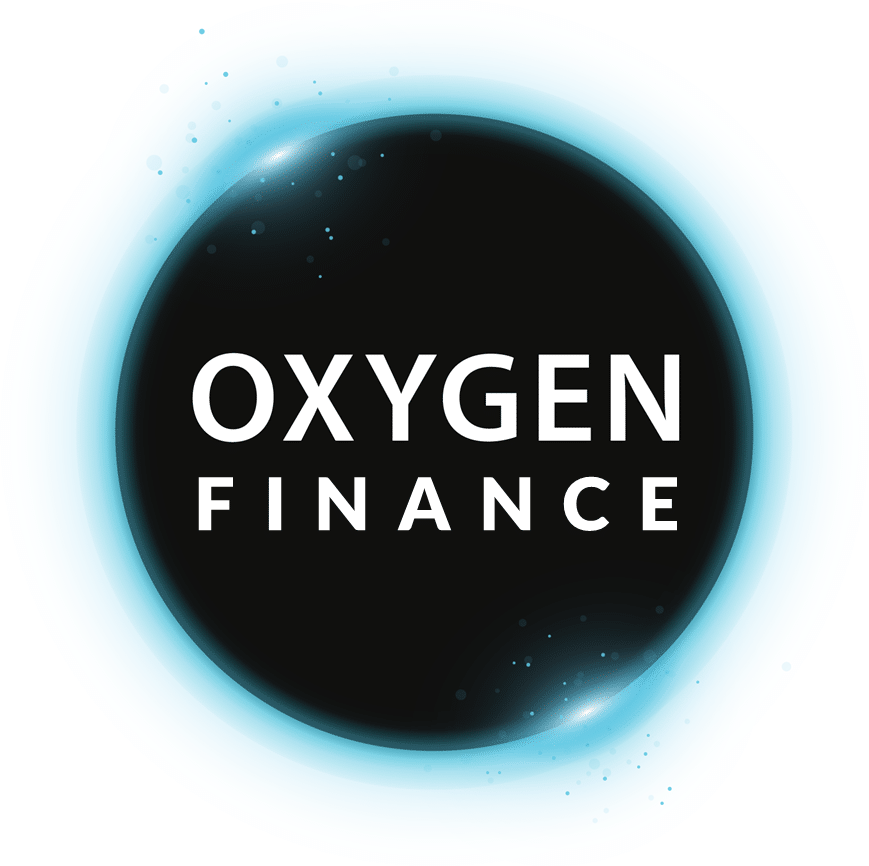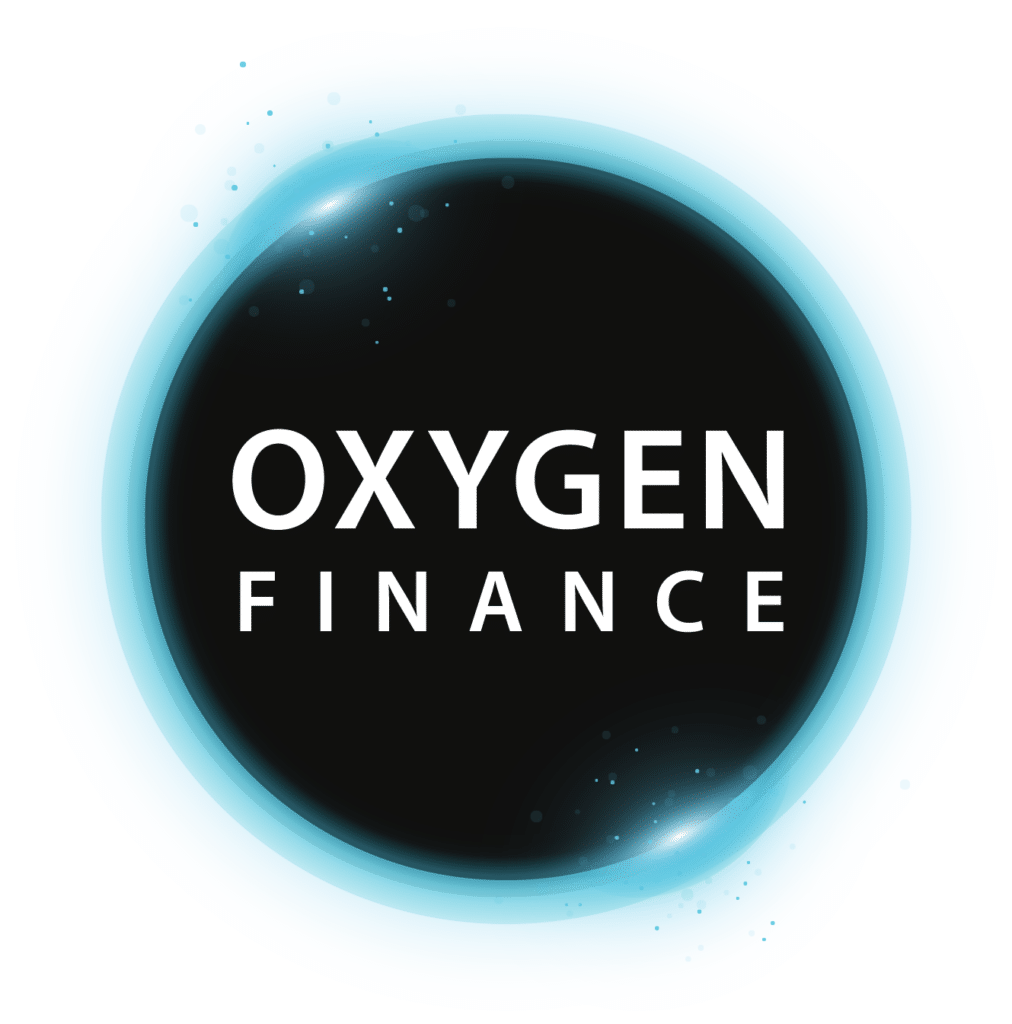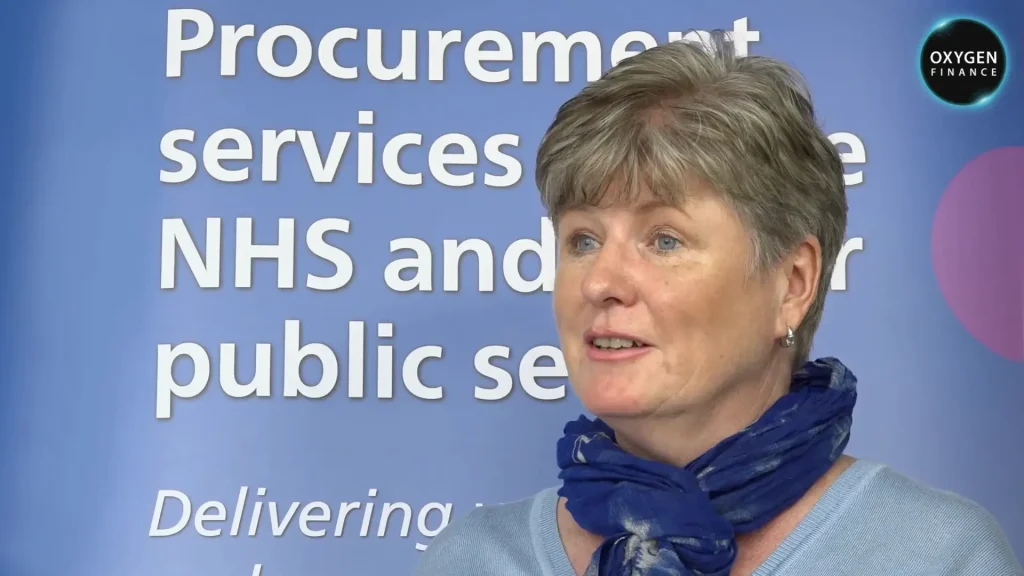Saving valuable time and bridging resource gaps with Insights
Accurate data is vital, but real value comes from how you act on the information at hand. We sat down with Ariane Oliveira, Customer Success Manager at Oxygen Finance, to discover how busy public procurement teams are using Spend & Supplier Data to save time, increase authority, and mitigate resource shortfalls.
Drawing on Ari’s experience of working with a wide range of clients, we asked how procurement teams are maximising their use of the Insights data to get the biggest return.

Hi Ari, tell us about your role here at Oxygen.
Hi, I get to work with our amazing clients to ensure that their teams get maximum value from their Insights data. I act as an ‘advisory resource’, investigating usage patterns and journeys to better assist different personas to find their quick wins based on their specific needs. We hone in on the areas that will save them the greatest time; improving spend visibility, and comprehensive understanding of potential and existing suppliers and the wider market
Before we get into the detail, what’s the single biggest benefit of accurate data?
Time, time, time! The main issue for public sector is the lack of time and resource. Despite best efforts it’s still hard not to be reactive in procurement. Access to readily available, accurate data, is a huge time saver, and a great way of accelerating knowledge across teams.
So where are the biggest opportunities for time to be saved?
Gaining visibility of the market and which suppliers are providing services is a key one. By looking at market trends you can immediately see who the providers are in a particular category, their market share, and who they are providing services to. You can track this list of suppliers so you are aware who should be invited to tender and where there are potential opportunities for collaboration with neighbouring authorities.
It also provides you with self-awareness of how important you are to potential suppliers in the market. Your relevance to them within the market and wallet share will affect pricing, demand, delivery and customer service.
So, if your next procurement exercise is for streetlighting, I would guide you to the things that impact that decision; contract information in that region for streetlighting projects that have happened before, or if there’s any pre-procurement information that would highlight other councils you could collaborate with.
The opportunity for greater collaboration is a recurring theme we hear, especially within our CPO Forum, but it’s not always straightforward. How is that information being used in practice?
To be honest, it is quite tricky. Collaborative procurement sounds good and there are great examples of it working well, but it’s not easy to do. Local targets and initiatives and other differences in approaches make it hard in reality. For smaller councils, especially, there is an enormous potential for closing working though.
What we’ve found is that collaboration can be best focussed on knowledge sharing; talking to other councils about documentation, approach, feedback on suppliers, asking if there’s anything they’d change about this procurement in future – this is where collaboration helps save time and reduces risk.
It’s also a great way of tapping into expertise that doesn’t reside in your own council, especially for smaller ones. For example, with the growth in procurement of EV infrastructure (especially in light of recent funding initiatives), there are very few councils who have access to expertise in this area. So, looking at pre-procurement and contract data in this area can be really insightful.
So, the value isn’t just in the data but where that leads to in terms of other opportunities to save time and resource?
Exactly. Insights can instantly get you to the information you need, whether it be a list of suppliers within a particular category that you’re procuring. You can then find contracts and look at the wording, as a simple example, so you don’t need to start the whole thing from scratch.
Presumably then, this is valuable when resource is limited, or you need to get non-specialists up to speed on a particular category or region.
Absolutely! Recruitment is a big challenge, and many procurement departments are widening the scope – bringing in people who have the right aptitude and skill set but may not share a public procurement background.
Having access to detailed pre-procurement, contract and supplier information really helps provide individuals with the market knowledge they need to get up to speed. It can act as the foundation for a consistent process when it comes to managing procurement, so you know your instilling best practice and maintaining standards.
It’s also really useful for those in buying organisations who are serving multiple regions and markets, where local knowledge isn’t as easily accessed by their teams.
Building Category Plans becomes much easier, because you can instantly see the market, top suppliers in your region for each category for example – each of these areas would take hours of research but it’s just there. Anyone interested in how to do this in practice should check out our recent webinar on this topic.
What are the opportunities for analysing spend and reporting?
Overall spend visibility it the obvious one and having access to it direct without needing to extract reports or ask finance. Being able to see your own spend with suppliers, spend to contract, off contract spend and overspend is something I always highlight.
But we can also create reports to looks at SME and Regional Analysis, so you can easily see who you are working with and make sure that you’re identifying suppliers who meet your SME criteria and engaging with them proactively to increase chances of success, access local expertise and knowledge, and ultimate meet targets.
Having the data readily available makes reporting of this SME and Local spend far quicker too.
The Procurement Act will improve engagement with smaller suppliers, but there is so much that you can start doing pre-tender already just through better access to data.
What are the other areas public procurement need to consider?
Firstly, Net Zero. The majority of councils are now committed to Net Zero initiatives and the biggest contributor to carbon emissions are Scope 3 Carbon emissions via your supplier base. Most council initiatives are focused on direct and scope 2 emissions. Using Insights Carbon you can see which categories are contributing most to your scope 3 emissions and this quickly identifies which areas to focus on for carbon reduction programmes to make the biggest difference.
Another area is Supplier Risk. When you’re looking after the public purse, reducing risk is a necessity too. Not just financial risk but risk from inability to deliver.
At pre-procurement I show clients how to review recent awards to flag potential delivery risks due to overcapacity from suppliers. Due diligence and regularly checking financials on suppliers is vital and again this is readily available, so any concerns can be raised.
It looks like there’s a lot to focus on beyond the spend data.
Yes, certainly and that’s why I’m here to help. Whilst Insights is intuitive and easy to use, the real value comes from that next step – how you make the data benefit your team and maximise value, and then the learning never stops.
We have lots of resources available and I’m always happy to look at specific training around key points.
We want you to save you precious time and elevate your team with better spend and supplier data!
If you’re an existing user and want to get more from Insights, then contact Ari or a member of the team direct.
If you’re interested in learning more about Insights, visit these pages or book in a call.




